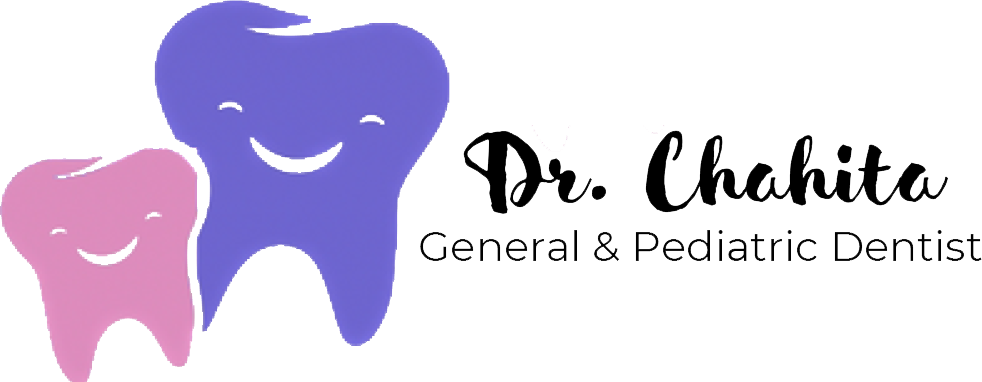
Preventive Dentistry
Preventive dentistry involves all professional procedures and measures taken prior to the onset of any disease towards maintenance of cavity protection and prevention, good oral hygiene and habits, healthy status of the teeth, gums and jaws, etc.

Comprehensive dental check-ups & oral hygiene education
Your child should start visiting the dentist as soon as his/her first tooth erupts, or on their first birthday, whichever comes earlier. This is vital not only for assessing their oral health status but also to instill positive dental habits from the beginning.
It is recommended to visit your pediatric dentist as soon as you spot a cavity or dental issue, or at least once in six months to help your child avoid oral health issues, as this allows your dentist to detect and treat any tooth problems that may have emerged.
Full dental checkup of an infant, toddler or adolescent includes an examination of the teeth, gums, and mouth, as well as X-rays if required to identify any hidden dental problems. Further, a thorough assessment of the growth and development of the jaws and dental arches and the eruption and shedding status of the permanent and primary teeth in accordance with the age of the child is done, to be able to provide prompt suggestions of any intervention if needed accordingly. During the checkup, we may also provide oral hygiene instructions to teach children how to properly care for their teeth.
Gentle Teeth Cleaning for Kids
Routine professional teeth cleanings are essential for your child’s dental health and completely safe. This is also a great opportunity for the dentist to discover dental issues as early as possible to reduce problems later.
During these visits, the dentist will clean the child’s teeth with special techniques and tools to achieve the cleanest teeth possible, while ensuring the child’s comfort and safety.
Fluoride Varnish Application
Fluoride Varnish is a protective coating that is applied to teeth to help prevent Cavities.
Cavities can cause pain and infections, which can lead to problems eating, speaking, playing and learning. Fluoride varnish makes teeth stronger, stops cavities from getting worse and helps to prevent new cavities from forming.
Fluoride varnish keeps protecting teeth for several months. It works best if it is reapplied every three to six months.
Yes. Fluoride varnish is safe for any age. It can even be used on babies when their first teeth come in. If you have questions or concerns about using fluoride varnish, talk to your doctor or dentist. Children should see a dentist starting by age 1.
Fluoride varnish is painted on teeth with a brush by a trained dentist, dental hygienist, doctor or nurse. It is a quick and easy process, and there is no pain or bad taste. The varnish sticks to the teeth and may temporarily make teeth look yellowish or less shiny. These changes are normal and will go away when the teeth are brushed the next day.
Wait until the next day to brush teeth, and avoid hot, hard or sticky foods after the fluoride varnish application. Hard or chewy foods might chip the varnish off.
Dental sealants
Dental sealants are thin coatings that when painted on the chewing surfaces of the back teeth (molars) can prevent cavities (tooth decay) for many years. Sealants protect the chewing surfaces from cavities by covering them with a protective shield that blocks out germs and food. Once applied, sealants protect against 80% of cavities for 2 years and continue to protect against 50% of cavities for up to 4 years.
Sealants prevent the most cavities when applied soon after permanent molars come into the mouth (around age 6 for 1st molars and age 12 for 2nd molars).
Sealants have shown to still work 9 years after placement. However, sometimes they do fall off, so they should be checked at regular dental appointments. If a tooth loses a sealant, the protective shield is gone and the tooth can get a cavity. Missing sealants are easy to replace.
Sealants are a quick, easy, and painless way to prevent cavities. A tooth without a cavity is stronger and healthier than a tooth with a filling or untreated decay. Sealants are also less expensive and easier to apply than fillings.
Getting a sealant is easy and does not hurt. The tooth is cleaned and a gel may be placed on the chewing surface for a few seconds. The tooth is then rinsed and dried. Next, the sealant is painted on the tooth. The dentist or dental hygienist also may shine a light on the tooth to help harden the sealant to form a protective shield.
